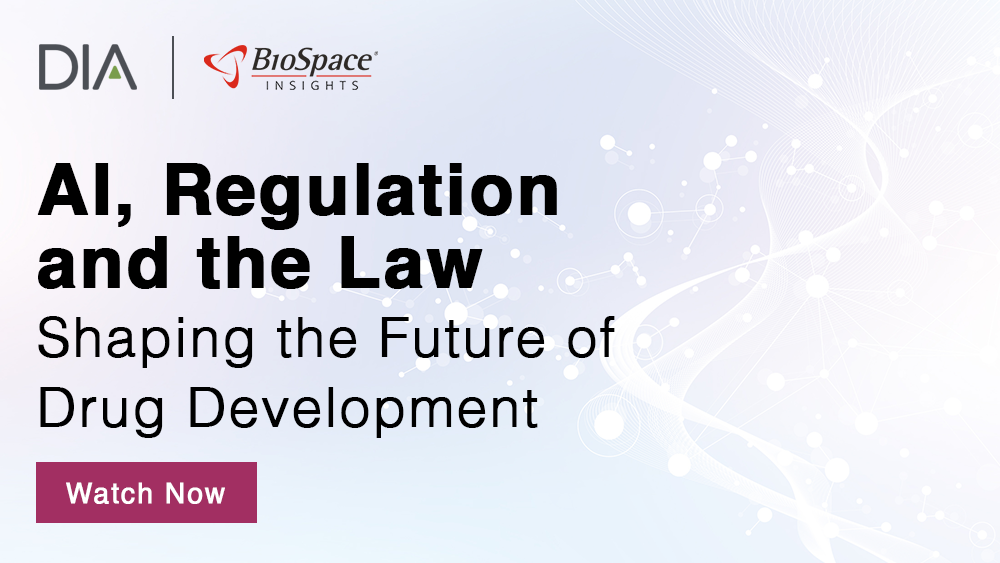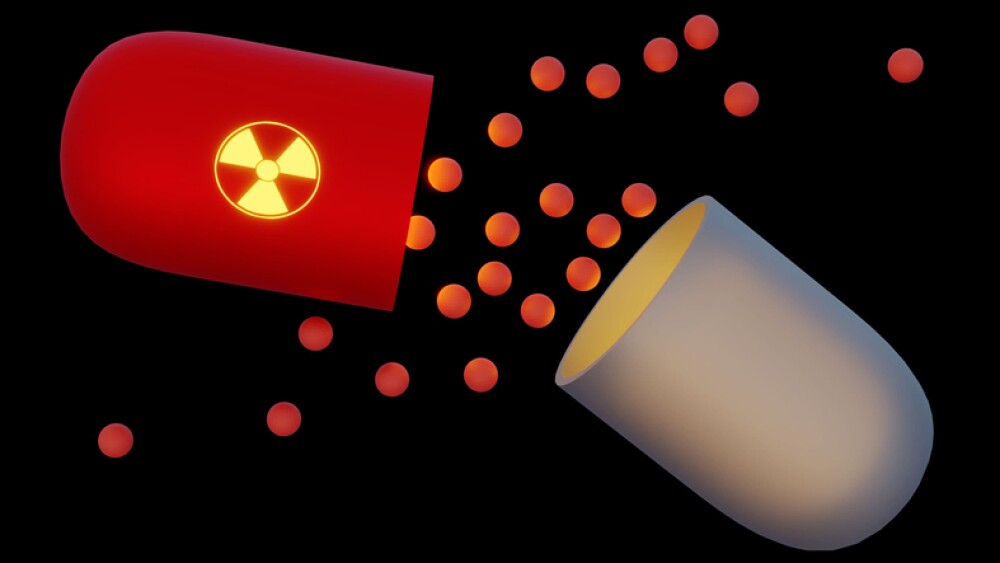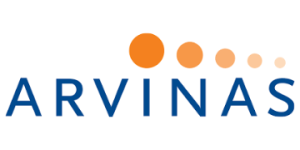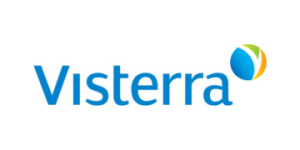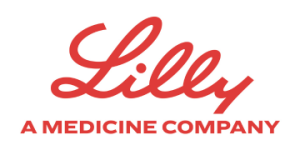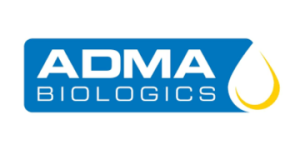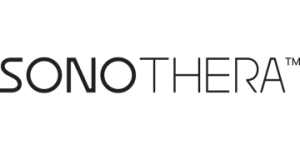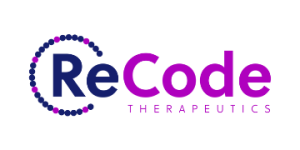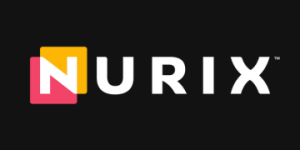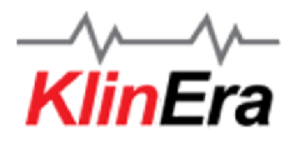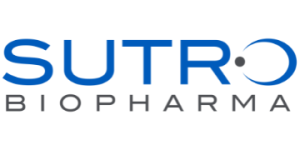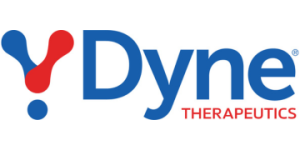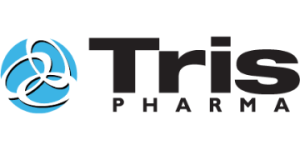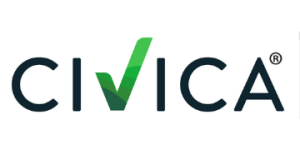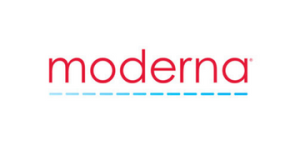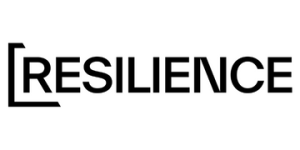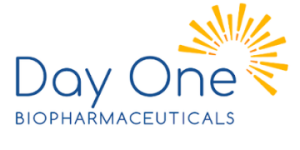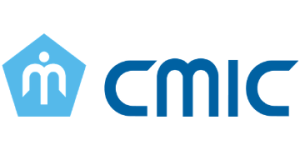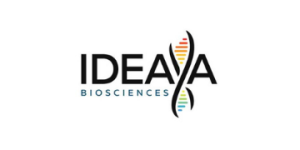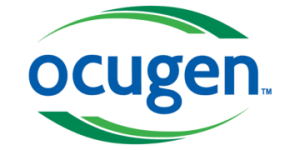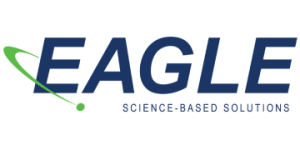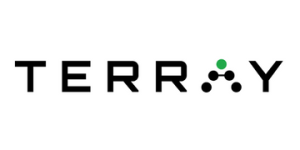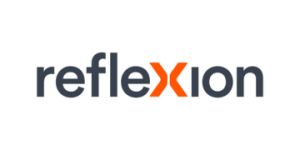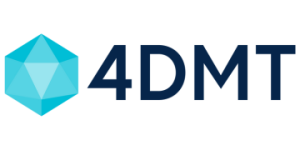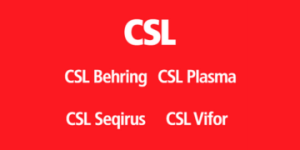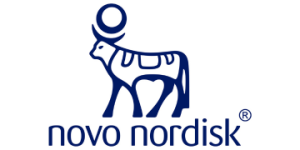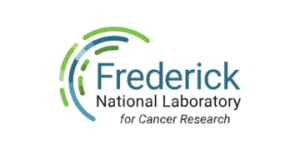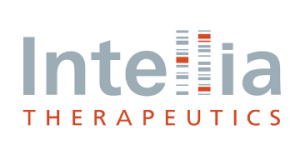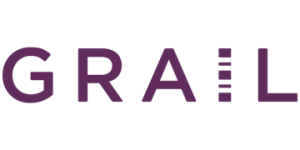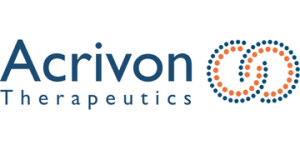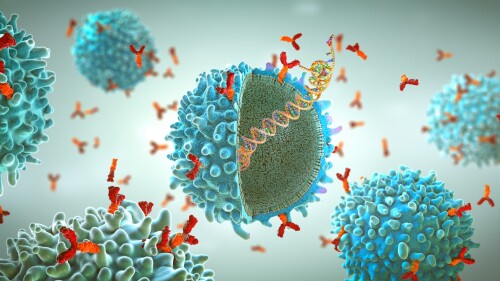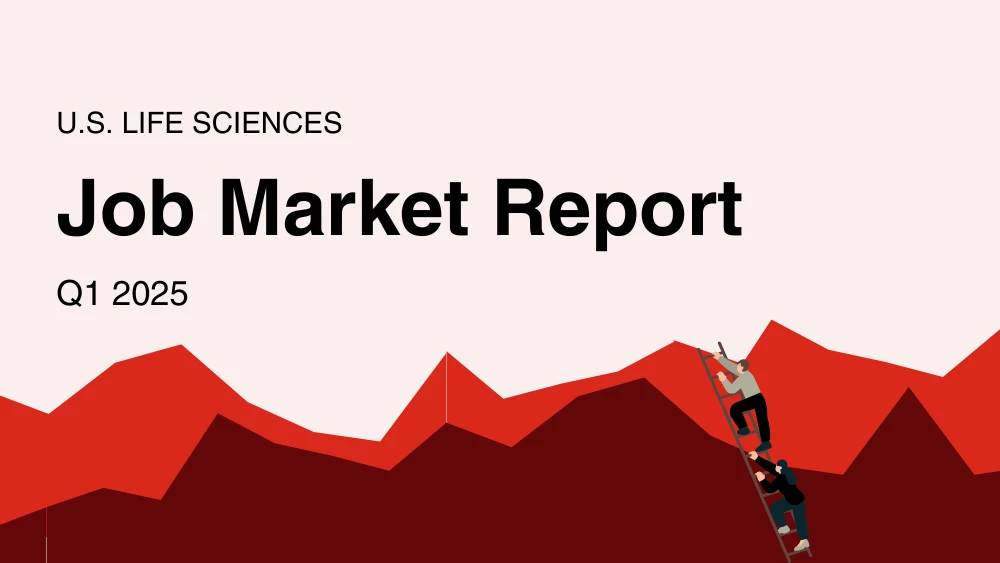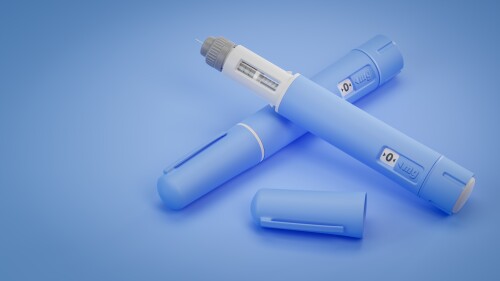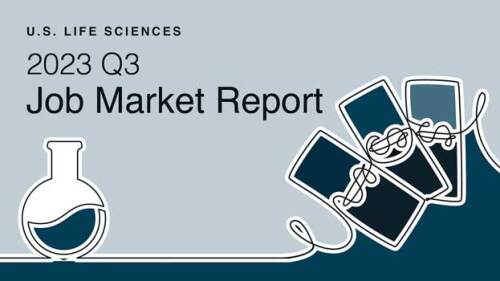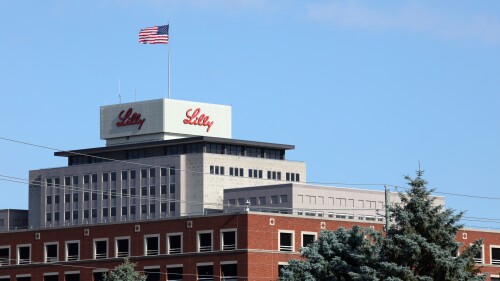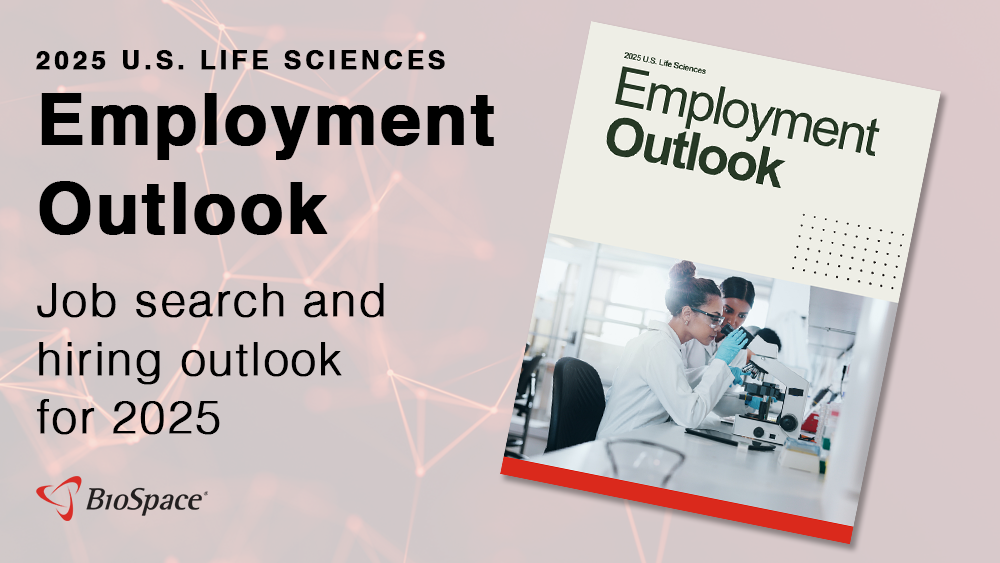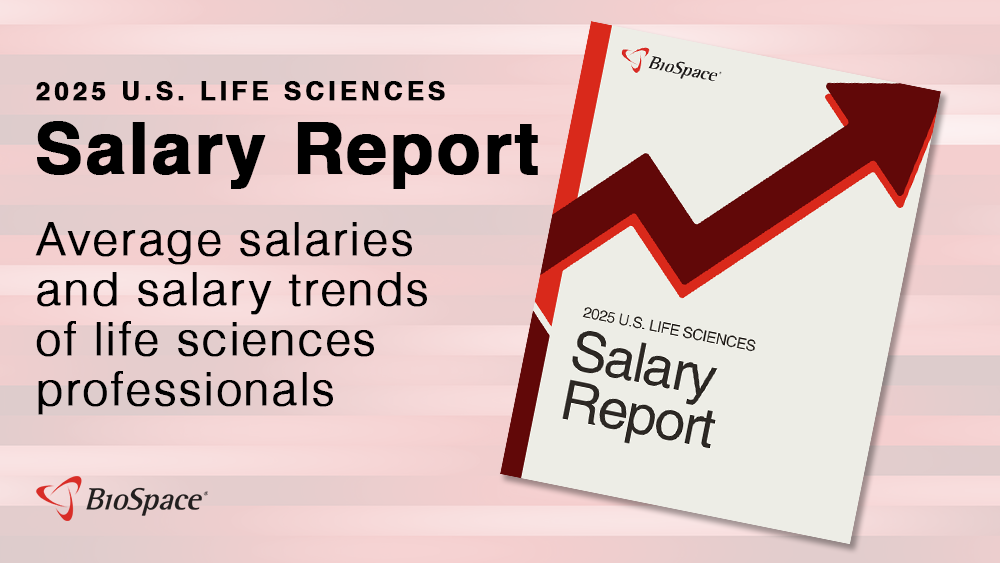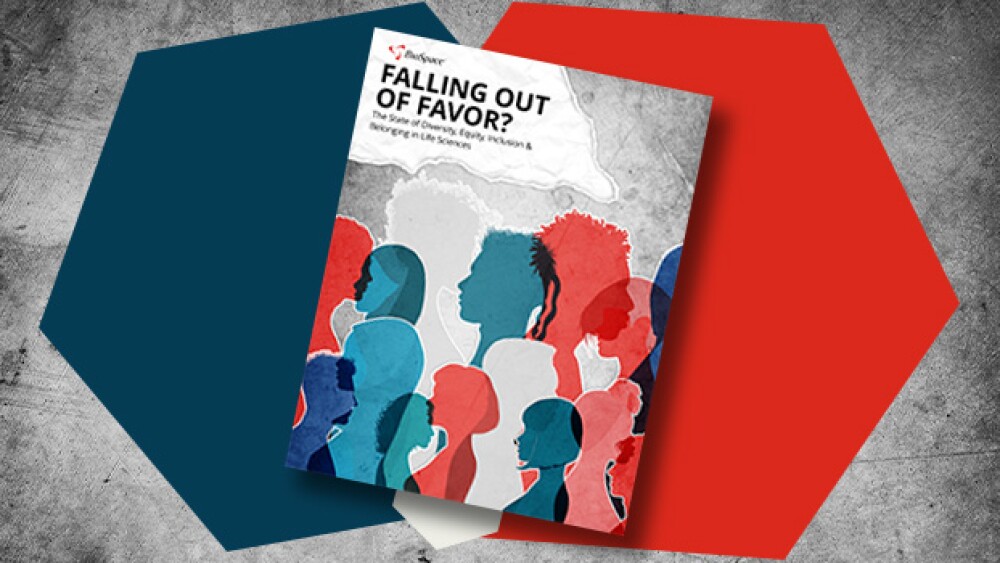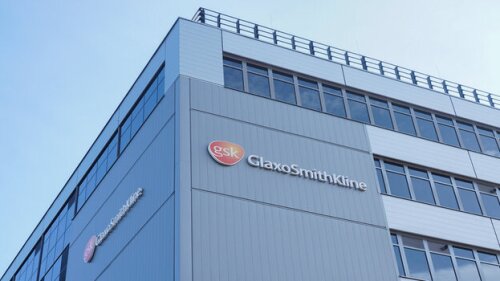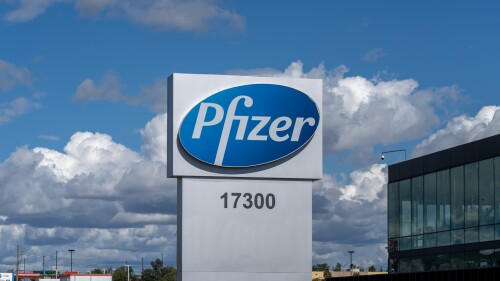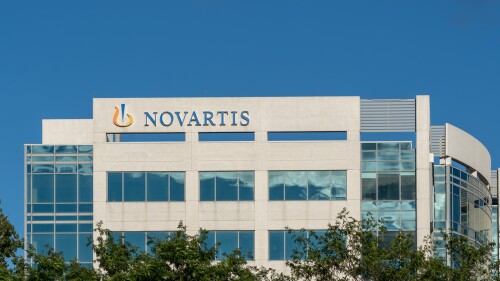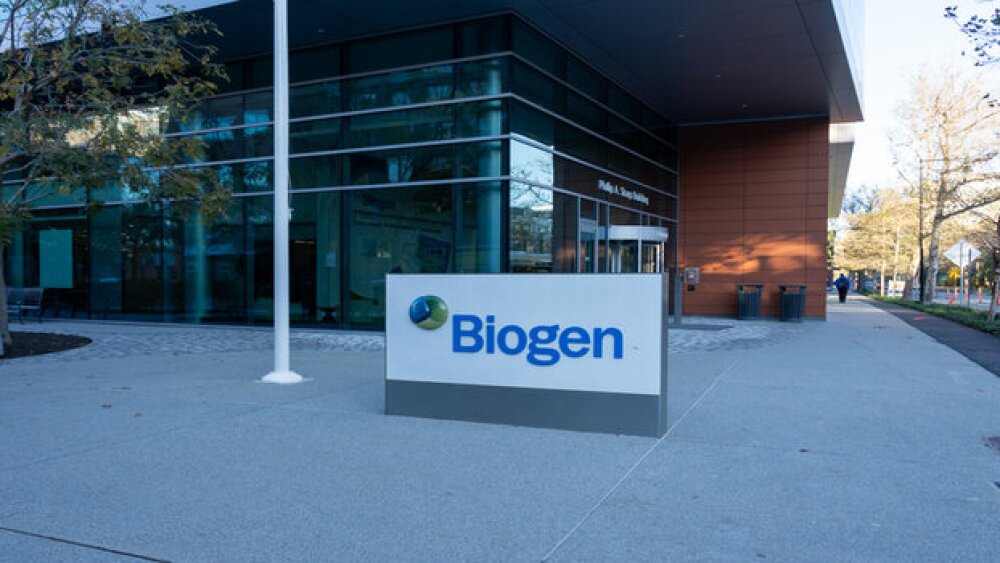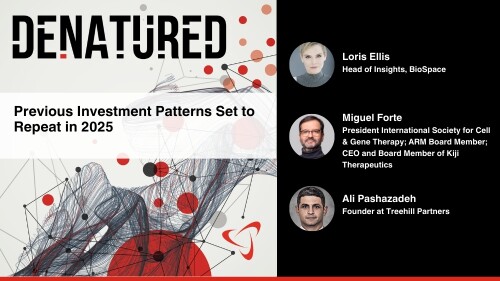With Imaavy, J&J will go toe-to-toe with fellow Big Pharma AstraZeneca, which owns Soliris and Ultomiris.
The FDA has lost several senior employees in recent weeks, including some who have been at the agency for more than two decades.
Many companies have foreshadowed deals to come during earnings calls in recent days. The return of M&A would be a welcome sign for the biopharma ecosystem, which has been battered by macro headwinds such as tariffs and the possibility of new drug pricing pressures.
Entrada is paring back its research staff even as it gears up to hire employees to support a planned clinical trial for a Duchenne muscular dystrophy candidate.
The American Association for Cancer Research’s annual conference featured updates from several companies on key candidates and assets, including Merck’s Keytruda and GSK’s Jemperli.
At the heart of the acquisition is Regulus’ farabursen, an miRNA-targeting oligonucleotide in early-stage development for rare autosomal dominant polycystic kidney disease.
FEATURED STORIES
With the recently announced layoffs of 3,500 FDA staffers and exits of branch directors Patrizia Cavazzoni and Peter Marks, there could be a wealth of talent available to biopharma companies. Does this pose an ethical quandary? It depends on who you ask.
While Novartis and Bayer got there first, AstraZeneca, Bristol Myers Squibb and Eli Lilly are all vying to bring their radiopharmaceutical assets to a market projected to be worth over $13 billion by 2033.
Several companies will head to the FDA seeking approval of new Duchenne muscular dystrophy treatments next year but the death of a patient taking Sarepta’s Elevidys raises important safety questions.
FROM BIOSPACE INSIGHTS
In a year when eradicated diseases are on the uptick in America, how will American children survive RFK Jr.’s vaccine scrutiny and inconsistency? Two experts call on pharma and regulatory bodies to rebuild trust.
LATEST PODCASTS
In this episode of Denatured, Lori and guests from Teva Pharmaceuticals and TOWER Capital review the investment landscape this year and the policies influencing investment heading into 2025.
Yet another therapy with FDA accelerated approval suffers a setback; Sage’s tough year continues; Sanofi drops $326 million in radiopharma while selling its consumer health unit; Novo Nordisk’s positive Rybelsus results in cardiovascular disease; and more.
J&J beat expectations this week to launch the Q3 earnings season; a study about children treated with bluebird bio’s Skysona comes at a bad time for the company; Sen. Warren calls for scrutiny of Novo’s purchase of Catalent; and other news.
Job Trends
Alnylam Pharmaceuticals, Inc. (Nasdaq: ALNY), the leading RNAi therapeutics company, today announced positive topline results from its HELIOS-B Phase 3 study of vutrisiran, an investigational RNAi therapeutic in development for the treatment of ATTR amyloidosis with cardiomyopathy (ATTR-CM).
Subscribe to Genepool
Subscribe to BioSpace’s flagship publication including top headlines, special editions and life sciences’ most important breaking news
SPECIAL EDITIONS
A new generation of checkpoint inhibitors is emerging, with some showing more promise than others. From recent TIGIT failures to high-potential targets like VEGF, BioSpace explores what’s on the horizon in immuno-oncology.
Peter Marks, the venerable head of the FDA’s Center for Biologics Evaluation and Research, has been forced out. In this special edition of BioPharm Executive, BioSpace takes a deep dive into the instability of the HHS.
Year-over-year BioSpace data show biopharma professionals faced increased competition for fewer employment opportunities during the first quarter of 2025.
DEALS
-
Novartis has disclosed roughly $19.4 billion in deals in the past five years. CEO Vas Narasimhan says there’s more to come.
-
The deal has secured Novartis the chance to work with Ratio Therapeutics on a novel drug candidate that could fortify the Big Pharma against competition from would-be radiopharmaceutical rivals such as BMS and Lilly.
-
The acquisition will give BioNTech full ownership of an investigational bispecific antibody targeting the PD-L1/VEGF-A pathways, a hot area in oncology that could potentially replace standard checkpoint inhibitors for cancer treatment.
-
Novo Holdings’ acquisition of Catalent has ignited concerns from industry stakeholders, who fear that the consolidation could limit competition, but there is also the possibility that the deal could represent an opportunity for smaller-scale CDMOs to find new partners.
-
With $70 million upfront and more than $1.8 billion on the line, Roche will gain access to Flare’s drug discovery engine to bolster its oncology pipeline.
WEIGHT LOSS
-
Obesity continues to grab attention at the J.P. Morgan Healthcare Conference in San Francisco, with both Pfizer and Kailera Therapeutics outlining their plans in the space moving forward.
-
Metsera will use its IPO proceeds to fund the Phase III development of its injectable, ultra-long-acting GLP-1 therapy MET-097i, which last week achieved 11.3% weight loss in a Phase IIa study.
-
The company’s lead asset is a potentially first-in-class oral GLP-1 receptor agonist that has the potential to be dosed weekly, which according to CEO Khurem Farooq can help improve accessibility and affordability.
-
According to BMO Capital Markets, Medicare coverage of Lilly’s Zepbound opens the door to using secondary indications to secure CMS coverage for obesity drugs.
-
The FDA recommended maintaining a minimum of 5% weight-loss for drug developers seeking to establish the efficacy of their investigational obesity candidates.
POLICY
-
Analysts at Jefferies see Makary as a positive for the rare disease space, given his support for accelerated approvals and openness to “customizing regulatory pathways for rare diseases.”
-
The Senate hearing for FDA Commissioner nominee Marty Makary comes after President Trump’s NIH pick, Jay Bhattacharya, was grilled by the legislative body on Wednesday.
-
The last few years have been tough for the insulin market, with recent policies and high-level pressure forcing companies to lower drug prices.
-
Konstantina Katcheves, Senior VP of Innovative Global Business Development at Teva Pharmaceuticals brings insights from the World Economic Forum to SCOPE 2025.
-
Pfizer reacts to Donald Trump’s tariff threats on big pharma, another regulatory meeting is canceled under RFK Jr., AbbVie and Eli Lilly strike mid-sized deals in obesity and molecular glues, priority review vouchers set to take a hit and immuno-oncology matures.
BioSpace spoke to HR leaders about how they have been supporting companies navigating a challenging economy while meeting the needs of the workforces they support.
Politics can be a touchy subject, especially during a presidential election year. How should you engage in political discussions at work?
A string of rejections prompt some to look beyond research roles in the biopharma industry as they seek to launch a career.
The past year saw the slowest year-over-year growth in biopharma salaries in the past five years, according to the BioSpace 2024 Life Sciences Salary Report.
Staffing agencies say contract work is a great way to break into an industry and avoid a resume gap.
Plus, tips on applying to multiple jobs at the same company, making new work friends, and how to ask for more time at the offer stage.
HOTBEDS
IN CASE YOU MISSED IT
In this episode of Denatured BioSpace’s head of insights Lori Ellis discusses the public health consequences of vaccine hesitancy and the critical distinction between skepticism and cynicism with Paul Offit, MD, director of the Vaccine Education Center at the Children’s Hospital of Philadelphia.
REPORTS
In this Employment Outlook report, BioSpace explores current workforce sentiment, job activity trends and the prospective job and hiring outlook for 2025, particularly as it compares to the previous year.
BioSpace’s third report on diversity, equity, inclusion and belonging in life sciences examines dramatic shifts in attitude around diversity initiatives.
CANCER
-
Kuro Oncology and partner Kyowa Kirin are on track for an NDA submission for ziftomenib in the second quarter of this year.
-
Despite significant dips in its vaccines sales, the British pharma narrowly beat consensus estimates for Q4 2024 and raised 2031 sales projections to just over $50 billion.
-
Faced with the encroaching threats of patent expirations and generics, biopharma companies in 2024 invested 33% more in licensing deals, on average, than in 2023 with an eye toward enriching their pipelines with novel and potentially more effective therapies.
-
Topline data on a combo including Pfizer’s kinase inhibitor Braftovi point to improved progression-free survival and pave the way for its full approval for the treatment of certain colorectal cancers, according to the company.
-
Novartis was among the most prolific pharma dealmakers in 2024, a trend that it expects to continue with more bolt-on deals this year to set up for sustainable long-term growth.
NEUROSCIENCE
-
Biogen’s proposed acquisition comes after two difficult years of regulatory and clinical challenges, during which shares of Sage Therapeutics have fallen by more than 90%.
-
Among Intra-Cellular’s neuropsychiatric assets is Caplyta, a pill approved for schizophrenia and bipolar depression and proposed for major depressive disorder.
-
Emraclidine was the centerpiece of AbbVie’s $8.7 billion acquisition of Cerevel in December 2023 but failed two mid-stage trials. Tavapadon, meanwhile, has been a more rewarding asset for the pharma, clearing three Phase III Parkinson’s studies in 2024.
-
Among the 55 novel drugs that crossed the regulatory finish line last year were notable new mechanisms of action, coming particularly in the oncology and neurosciences spaces.
-
Misses from amyotrophic lateral sclerosis hopefuls Denali Therapeutics and partners AbbVie and Calico Life Sciences mark the latest setbacks for the controversial platform trial, the results from which have largely mirrored the dismal success rate in ALS overall.
CELL AND GENE THERAPY
-
Anito-cel has shown no signs of delayed neurotoxicity at around 9 months of follow-up, hinting at a safety profile that could set it apart from J&J and Legend’s Carvykti.
-
Vertex unveiled long-term durability data for Casgevy, while Beam presented Phase I/II findings for its investigational base editor BEAM-101, building up to a BLA by late 2026.
-
Not developing potency assays and gaining knowledge about MOAs early in the drug development process not only can break ATMP success but can cause costs and delays that lead to company closures.
-
The payment scheme will tie gene therapy payments to improvements in health outcomes—and could potentially boost the uptake of these sickle cell disease treatments.
-
In this episode of Denatured, BioSpace’s Head of Insights Lori Ellis, Miguel Forte and Ali Pashazadeh discuss how a slow and steady pace is a continuation of the pattern we have seen throughout the last three years.

